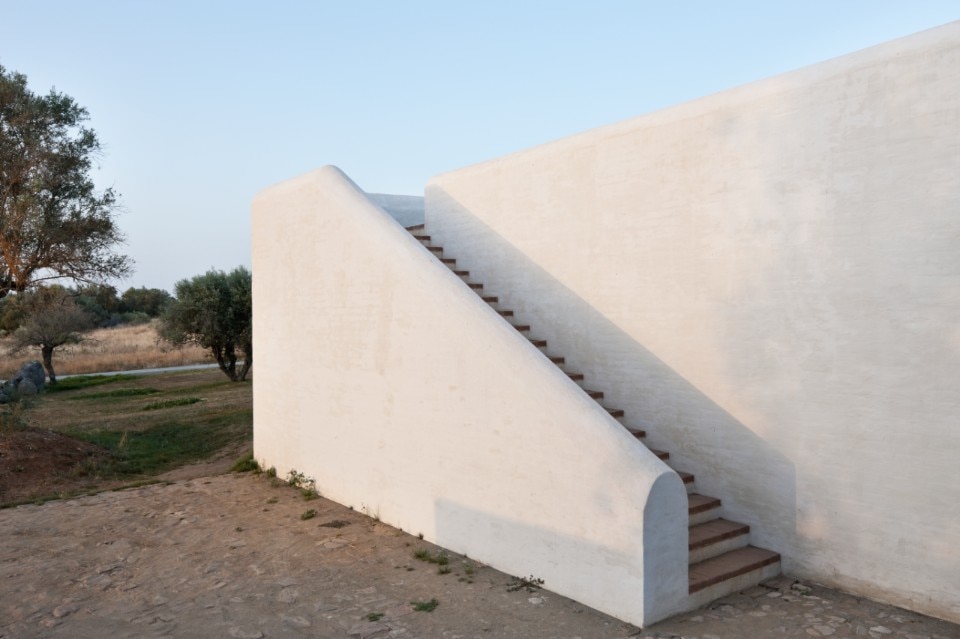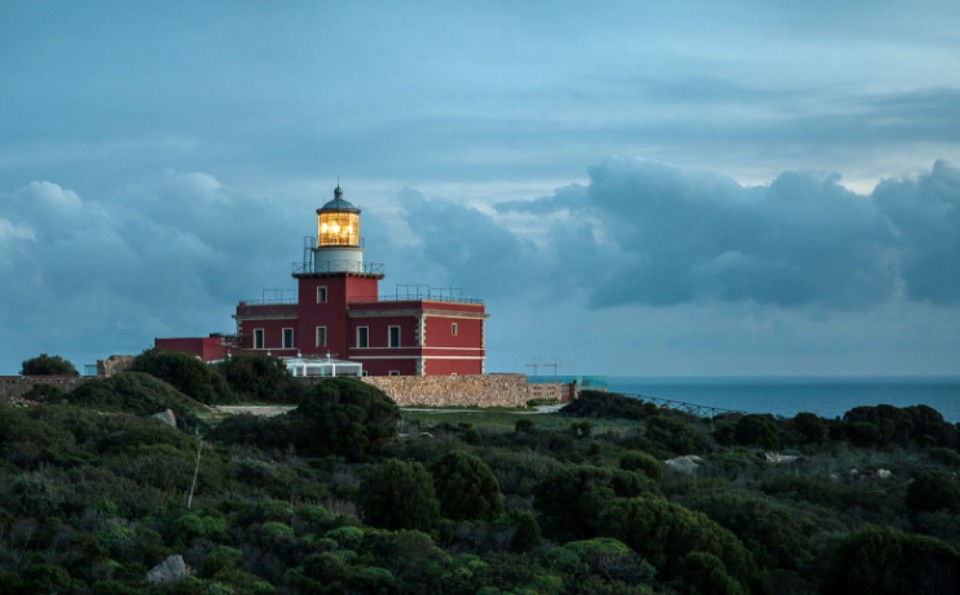There is a certain interest around lighthouse architecture. Perhaps it is because, in a global and compulsively interconnected world, these solitary constructions evoke an idea of essential, secluded and perhaps somewhat crazy life: that of the farists, who often had the sea and the wind as their only interlocutors and no other necessity but balance with nature. Or maybe it is because, in a more subliminal way, they are a solid bulwark protecting against uncontrollable forces: with their intermittent beam of light that pierces the darkness, lighthouses guide and signal dangerous coastal areas, accesses and obstacles, protecting the orientation and safety of navigation and reassuring the possibility for man to maintain a power – albeit minimal – over inscrutable dynamics.
These places, on the one hand poetic and on the other hand technically efficient, are however today threatened by the evolution of communication technologies that often lead to their decommissioning, abandonment and degradation.
For this reason, many disused lighthouses, because of their historical-testimonial value, are being recovered and reborn to a new life: as receptive spaces for visitors who aspire to find themselves in a reconciling context (Capo Spartivento, Bergeggi and Brucoli lighthouses), as museums of the maritime culture they represent (Santa Marta lighthouse), as simple testimonies of an ecosystem to be preserved (Capel Rosso lighthouse, Rubjerg Knude lighthouse).
Nevertheless, lighthouses still remain an inviting design theme, and so new ones are being built that stand out on the horizon like sculptural totems, to play a purely functional role (Yeda Lighthouse, Punta del Hidalgo Lighthouse, Enoshima Sea Candle) or to represent an iconic landmark in the area (Al Fanar).
In any case, the fascination of these ‘luminous’ architectures and the symbolic value they imply remains: lanterns that never go out, in defiance of satellites and GPS.

A prize for architecture between lights and volumes: LFA Award
An international photography competition that invites photographers worldwide to capture the essence of contemporary architecture. Inspired by the work of the famous Portuguese photographer Luis Ferreira Alves, the award seeks images that explore the dialogue between man and space.


























